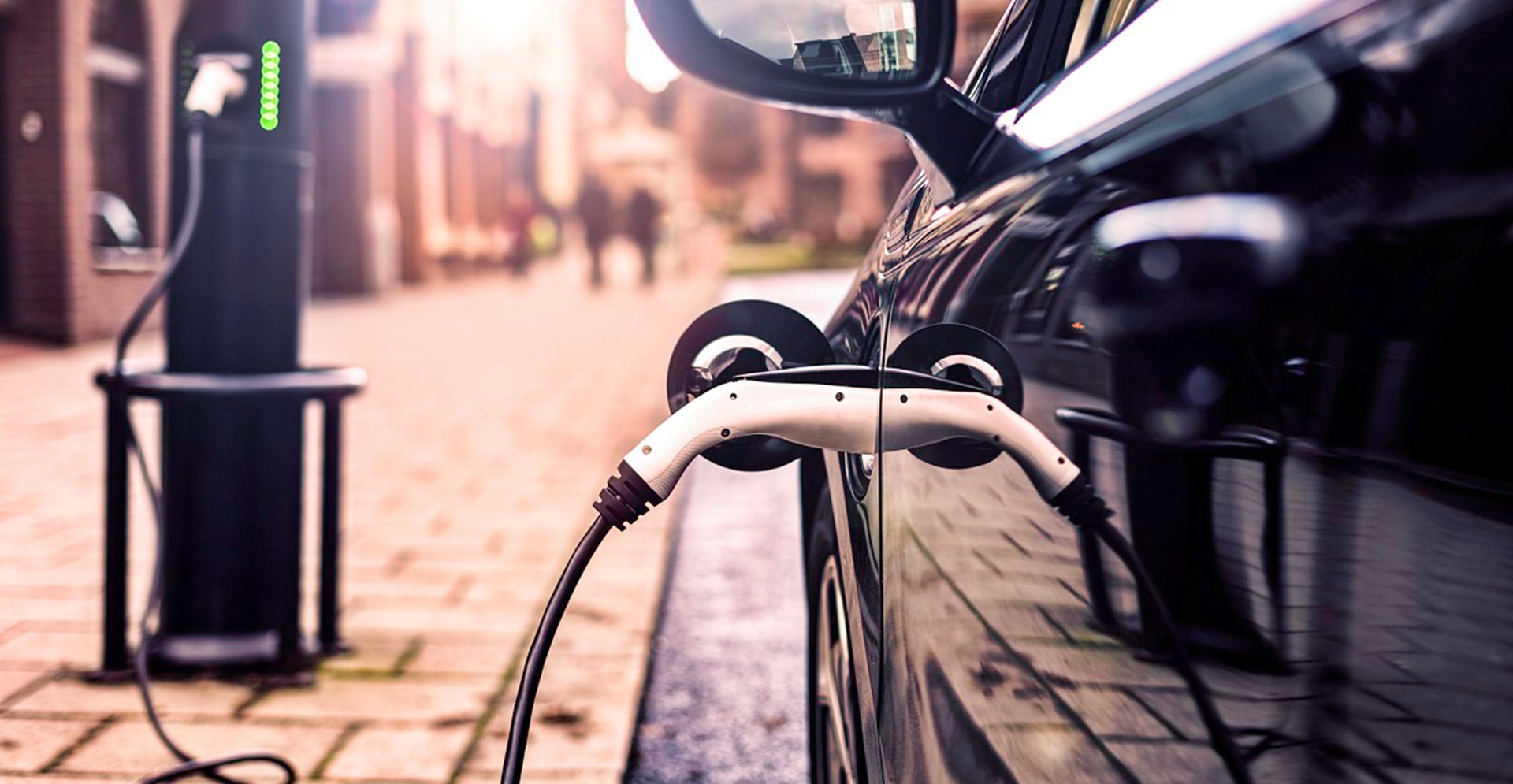The motor industry is gradually shifting to electric vehicles (EV), but the rate of adoption is highly dependent on the rollout of charging infrastructure. EV is an essential precursor for the successful rollout of connected and driverless technology but, with the electric vehicle transition featuring such complex programmes and multiple stakeholders, how is this then being co-ordinated and what will encourage greater uptake across our cities?
Adopting New Technologies
In the UK the main focus is on ultra-low-emission vehicles (ULEV). While the National Infrastructure Assessment (NIA) called for a rapid acceleration in the speed of adoption, setting a target for having a charging network in place to support 100% EV new car sales by 2030, ULEVs currently represent just 0.4% of the total UK vehicle fleet. Mass adoption will require not just investment in supporting infrastructure and manufacturing capacity, but also a significant change in mindset.
We’re caught in a vicious circle. Although most vehicles are usually charged at home, “range anxiety” – fear of not being able to recharge while travelling – continues to influence drivers’ purchasing decisions. Yet at the same time low take-up of electric vehicles means that the use of charging points is currently too low to support a business case for more, without public subsidy.
The challenge is to get the right infrastructure in place to enable easy access for all consumers and simultaneously make best use of the existing electricity network. This should mean a range of options, including the prioritisation of ‘smart’ charging – combining charging, payment and information in one charge point, which can be accessed online – as well as ‘slow’ and ‘rapid’ charging facilities.
Expanding the Smart Vehicle Network
The Automated and Electric Vehicles Bill 2017-19 has already gone a long way towards encouraging a standardised, smart vehicle charging network. However, even with the NIA placing heavy emphasis on the importance of EV both environmentally and in terms of international competitiveness, there is still no medium- or long-term plan to ensure universal access. This means that combining resources in the public, private and regulated sectors to deliver the right power, in the right place, at the right price is a huge opportunity in the transition process.
Crucially, future investment in charging infrastructure needs to be closely aligned to consumer behaviour. According to the RAC Foundation, 80% of owners would prefer to charge at home. Yet the fact that 34% of homes in England have no off-street parking poses a problem. This proportion only increases in line with urban density. This means that in markets best suited to ULEV, such as inner London, investment in public facilities such as lamppost charging points will be much needed.
Ultimately, we need a new business model for vehicle charging. While charging at home will continue to be the most convenient option for many owners, there is also
a need for public chargers in residential streets, workplaces and shopping centres, as well as a network of rapid and high-powered chargers to support people while they are travelling. The Government’s £200m Fund for Charging Infrastructure will provide match-funded support to private sector investors, and grant funding is also being provided to local authorities to install charging points in residential areas. The real question now is how this can all be brought together in a co-ordinated rollout programme.
The Future
From city authorities to energy providers, equipment suppliers and site owners, the number of stakeholders associated with the rollout of an EV charging network creates real challenges for the rapid, cost effective delivery of much needed infrastructure.
There needs to be better co-ordination at a national and local level, across all of these stakeholders, to ensure that programmes are managed effectively. This includes linking network sponsors, whose role is to bring together other participants as well as provide sites and potentially finance, with network operators and distribution network operators.
Investment in an electric future is available. However, it depends on long-term support for the transition, either from governments, vehicle manufacturers or energy companies. Effective rollout of all of these programmes – aimed at securing the best outcomes for investors - is the next link in the chain. Being clear on the role of all parties will enable the allocation of investment to provide a comprehensive network of charging points to accelerate the UK’s journey to an EV-dominated, and eventually driverless, future.
A longer version of this article appeared in Building on 13 July 2018.




